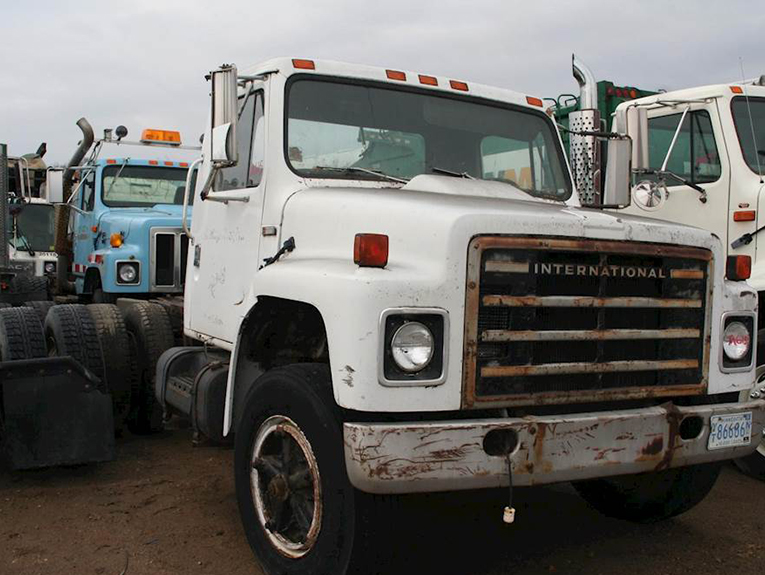
A Look Back at 1940-1950s Trucking
Seeing the Changes in Trucking over the Years
Fresh out of WWII, America was buzzing with possibilities and there were plenty of trucking advancements made during this time that reflect that vigor.
Federal-Aid Highway Act
After the war, the Federal-Aid Highway Act of 1944 authorized the designation of Interstate Highways. The act did not include a funding program, so the project was all but scrapped until 1954. The Federal-Aid Highway Act of 1956 authorized the construction of the Interstate Highway System, an interconnected network of controlled-access freeways. Larger trucks could now travel at higher speeds through rural and urban areas. The act also authorized the first federal maximum weight limits for trucks, 73,280 pounds.
Shipping Advancements
In 1955, modern containerized intermodal shipping was pioneered by Malcolm McLean, allowing for a more efficient transfer of cargo between trucks, trains, and ships. The temperature-controlled supply chain transportation was created in the 1940s by Frederick McKinley Jones. Refrigerated trucks were created for ice cream in 1925, but Jones’ innovation was specifically made to address issues with long-haul semis carrying perishables and pharmaceuticals.
Semi Cab Improvements
In 1942, Freightliner introduced the first all-aluminum cab, which is much lighter than steel, making for fewer fuel emissions. A few other companies have switched to aluminum over the years but there are still plenty of holdouts, mainly due to safety questions.
The first legitimate and safe, overhead sleeper model was created in 1953 by Freightliner. AIt was a small and uncomfortable space but it did allow the driver to lay down without paying for a motel or sleeping in the seat. As regulations, restricted time drivers could be on the road at one time and routes grew longer, the need for extended cabins increased.
1959 – The first cab-over-engine (COE) truck is introduced. It has a flat face and is also known as cab forward. These trucks are still the most prevalent in Europe, China, and Japan because of laws on overall truck length (which have been repealed in the US for decades), but a few American manufacturers make them for Australian and South American markets.



